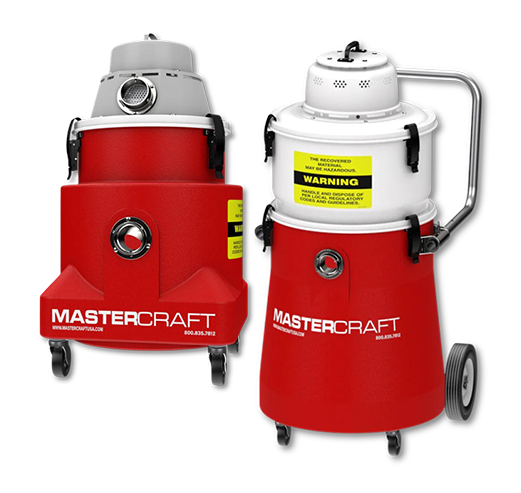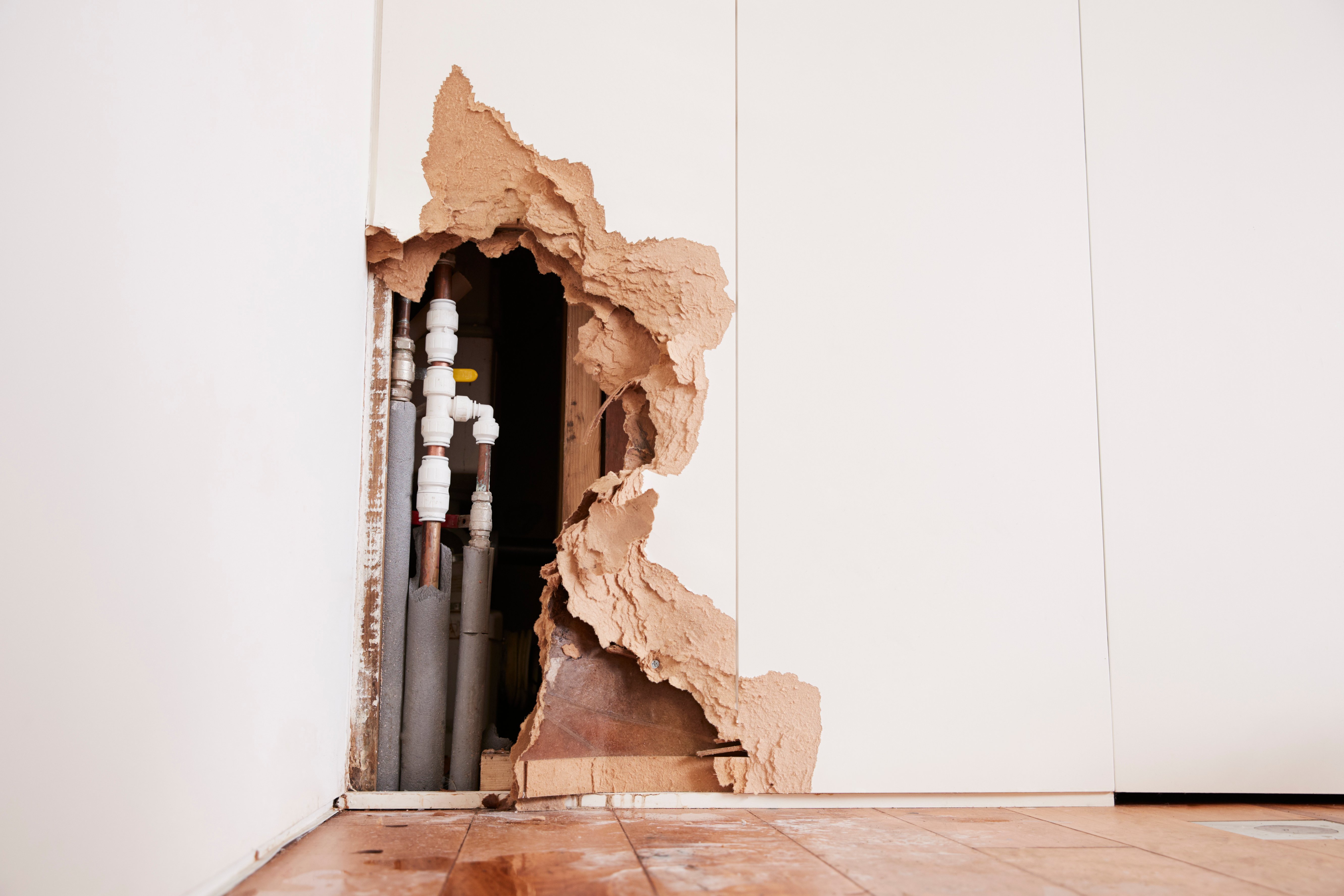Water damage is one of the most common forms of damage that can occur in a home. In many cases, it can be difficult to know what to do after a flood or water leak. If you have suffered water damage, it is important to take action as soon as possible to minimize the damage.
A liquid-related mess is a fairly common experience for most households. Flooding and water damage caused by degrading pipework can be minimized by repairing the line. But when it comes to natural scenarios like flooding, especially if you live in areas with high chances of frequent rainfall, you will need to constantly clear water out, especially when you have already preemptively tried to minimize the causes of flooding and water damage, but it just keeps on repeating. In these cases, it is critical to remove the water from your property as soon as possible in order to prevent further damage to your physical belongings.

What is a Shop Vac?
When a liquid mess arises, such as your main pipeline bursting, a clogged toilet, leak, or a flood, a shop vac may be the most indispensable tool you can use. A shop vac, especially a wet dry vacuum, can rapidly suck up the liquid and collect it in a canister for convenient disposal. A shop vac is also equipped with a powerful motor that can quickly remove the liquid from your floor, walls, or any other surfaces. And, because most shop vacs come with a number of attachments, they may be used on flat surfaces, carpets, or even hard-to-reach niches or vehicle floors. The challenge is to understand how to operate a shop vac for liquid mess correctly.
Shop vacs are your best tool for this problem because they can clean a wide array of dry filth and, most significantly, standing water. Let's go through some best practices for using your new tool to ensure the longevity of your shop vac’s life and keep your property looking its best.
Some Reminders Before You Begin to Vacuum Water
As with most household appliances, there are two things you should know about using a shop vac: water and electricity do not mix. Nowadays, most current shop vacs are double-insulated, but it is highly recommended that you connect them to a GFCI outlet for good measure. If you are not sure about the electrical safety of your shop vac, please consult an electrician.
Another thing to keep in mind is that you should never use a shop vac without a filter because doing so will damage the motor. Be sure to attach the proper filter for wet pick up before proceeding.
Now that we have reviewed some basic safety concerns, let us move on to the proper steps for using your shop vac.
The Right Way on How to Use a Shop Vac
Step 1: Make sure it’s empty.
Although suitable for both, it is not a good idea to cross the streams just because your vacuum can handle both dry and wet messes.
So before you begin filling the drum, make sure it is totally empty—if it has water in it, wipe it out with a cloth, and if there are any remaining dry bits, throw them away. This way, you can ensure that you only vacuum water and prevent damaging the shop vac.
Step 2: Check your vacuum’s filter.
If your model has a bag, remove it before using your shop vac to remove standing water because if you don't, it'll fill up with liquid and rupture, causing a sloppy mess in the canister. These bags are normally extremely simple to remove and reinstall, so don't throw yours out if it's not filled.
Similarly, remove the air filter in the same way. When the air filter is placed while sucking up water, it quickly clogs and reduces airflow. The motor will therefore have to work harder than necessary, thus shortening the life of your shop vac.
However, when using it at its normal (dry) setting, make sure that the filter is properly positioned. You'll need it since the filter keeps dust from flying out of the top while you clean.
Step 3: Pick the correct attachment.
Your shop vac probably came with a slew of attachments for different purposes. From vacuum hose to nozzles, remember that every shop vac accessory has a specific purpose.
Wet surfaces may be cleaned using attachments that lay flat on the ground, and huge heaps of debris should be cleaned with the largest attachment to save time. So look for the broad, T-shaped attachment for flat flooring. This attachment is the most effective at removing all the water from all types of flooring. Some of these floor attachments even include rubber squeegees that may be inserted to boost their efficacy.
Consider utilizing the crevice tool in areas where the floor attachment will not fit, such as vehicle floors, narrow gaps, depressions, or other areas where the floor attachment would not fit. You may also buy a portable wet vac designed particularly for those situations. You can also use the brush attachment to clean a surface covered with common dry filth such as pet hair or to get into all the nooks and crevices.
Step 4: Get to work!
Now that your drum is empty, your attachment is in place, and your filter is out, you can now turn on the machine and begin vacuuming.
Remember that rapidly moving the vacuum attachment across the floor may spread puddles and make them more difficult to clean up. Instead, you can keep the nozzle in place until it has absorbed the majority of the water in the area you are draining.
Apply the same method, but on a smaller scale, to a wet carpet (for example) and other places that require the crevice tool. Working in tiny areas, give the vacuum a few seconds in one position before moving it to another.
You should also be aware that as the drum of your shop vac begins to fill with water, it will become increasingly difficult to push. Therefore, you may need to take a break and empty the drum periodically. Do so by taking off the lid and pouring the water into a sink or other container.
Step 5: Empty the bin.
Don't leave a muck in your shop vac by convincing yourself that you’ll clean it out next time - remember to always clean this instrument after every use to keep it working properly. To do so, follow these steps:
- Turn off and unplug the shop vac.
- Detach the hose from the machine.
- Remove any attachments from the hose.
- Carry the canister to a trash bin or outdoors and invert it over the bin.
- Open up the bottom lid of your shop vac and allow the debris to fall out.
- Rinse the canister with clean water and dry it before storing away.
- Replace the air filter and/or bag (if your model has one) according to the manufacturer’s instructions.
That's it! By following these simple steps, you'll ensure that your shop vac lasts for many years to come. In addition, regular cleaning and maintenance will also help to improve its performance.
Step 6: Cleaning and Maintenance
To avoid mold and mildew, clean and dry the shop vac and its dry dust bag once you finish the work. To begin, remove the hose and rinse it with a garden hose. Then, using the hose, clear away the dirt and filth from the shop vac.
Next, using an all-purpose cleaner, clean the interior of the canister and the vacuum assembly. Rinse everything again before letting it dry. Turn the canister upside down to dry for best results. Reattach the filter and vacuum bag, after everything is clean and dry.

Tips to Preserve Your Shop Vac’s Life
To extend the life of your precious shop vac (and to prevent you from constantly reaching down your pocket to repair it), here are a few tips you can follow:
Clean it at least once a month
Mildew may grow within your vacuum, just like it can in any other item that contains water, so give it a thorough scrape at least once a month to keep it happy and healthy. Scrub the interior of your vac with dish soap and warm water, and make sure to get into the corners!
Assign a specific storage location for it
Shop vacuums are often rather hefty. If you're sucking up puddles of water or home improvement debris, that drum will soon fill—not to mention that water is quite heavy, even if it's only halfway full.
As a result, you should keep your shop vacuum in a location where you know you will perform the most vacuuming, such as the basement or your workshop.
Stick to using it for huge liquid mess or excessive water
Just because your wet-dry vac can now vacuum spills doesn't mean you should. Using your shop vac to clean up a small amount of liquid would be a very tedious process. Spilled milk? It's not worth it, believe us. Instead, use a paper towel.
Still a bit confused? Here are some FAQs on operating a shop vac:
When filled with water, will the shop vac shut off automatically?
Start vacuuming the water on the floor by snapping the shop vac's top portion back onto the vacuum canister. You shouldn't be concerned about the shop vac becoming too wet since its main water level detection is through a floating ball mechanism - there should be a little float near the motor housing that will shut off the motor if the water level goes too high.
How should the shop vac be set up for everyday use?
Remember to reinstall the paper filter if you want to use the shop vac to "default” and suck up dirt or dust in the home, garage, car, or outdoors. The paper filter will stop dust from flying out of the shop vac's top as you clean.
To remove particles, the paper filter is also required. Install any additional components required for your specific model in order to suck up dry debris or dust. A foam sleeve that fastens to the motor housing could be necessary. Make sure the interior of the canister is dry while doing routine vacuuming in areas without water to prevent water from collecting at the bottom of the shop vac and causing problems with mold, rust, and wet paper filters.
Will I be able to replace its attachments and troubleshoot the shop vac?
Yes, and yes! Shop vacs have universal attachments, meaning that you can buy an attachment at general stores if yours has been missing, regardless of your vacuum’s brand or specs. Also, there are general troubleshooting steps that are applicable for all kinds of shop vacs.
Here is a PDF file for several ShopVac vacuum model numbers if you need assistance with troubleshooting, components, filters, or other difficulties with your shop vac. Here is a downloadable PDF for step-by-step troubleshooting.
Conclusion
If you have been having consistent flooding and water damage problems that are affecting your property, shop vacs are your new lifesaver in preserving the best look and longevity of your belongings. Just keep these steps in mind whenever you need to use your shop vac, and you’ll be saving a fortune by not having to buy the same stuff all over again. Vacuum away! If you have any questions about machines or floorcare, contact our team of experts at Mastercraft USA! Working on other projects? Check out our top of the line machines such as ash vacuums, carpet extractors, flood relief, and more.
0 comments